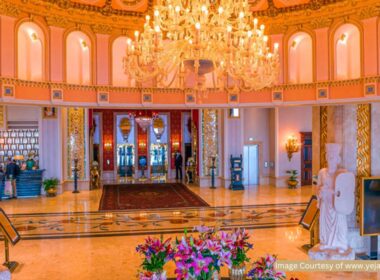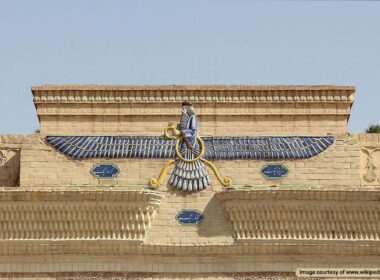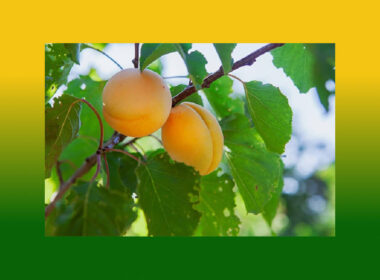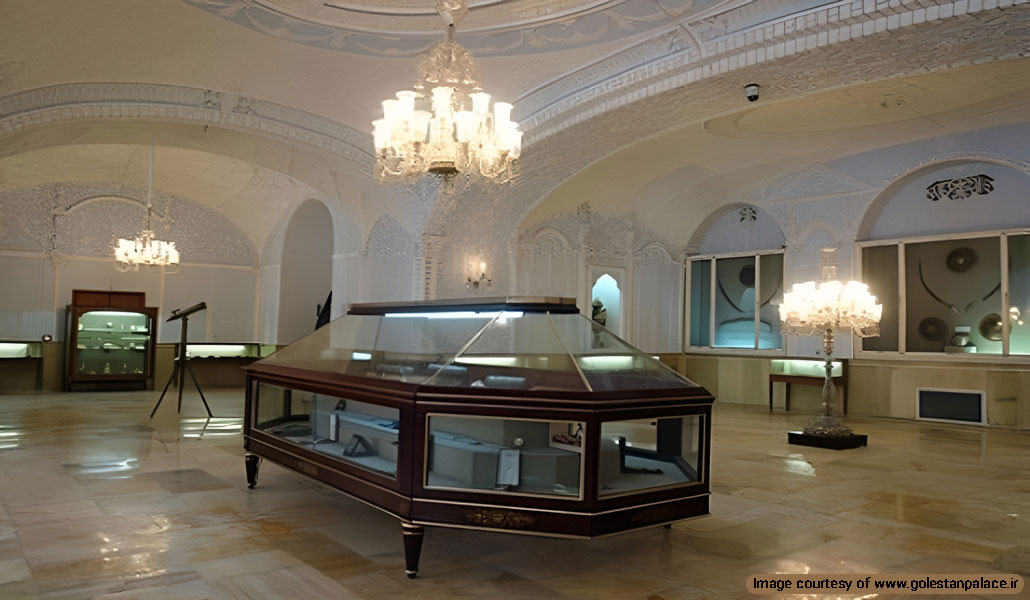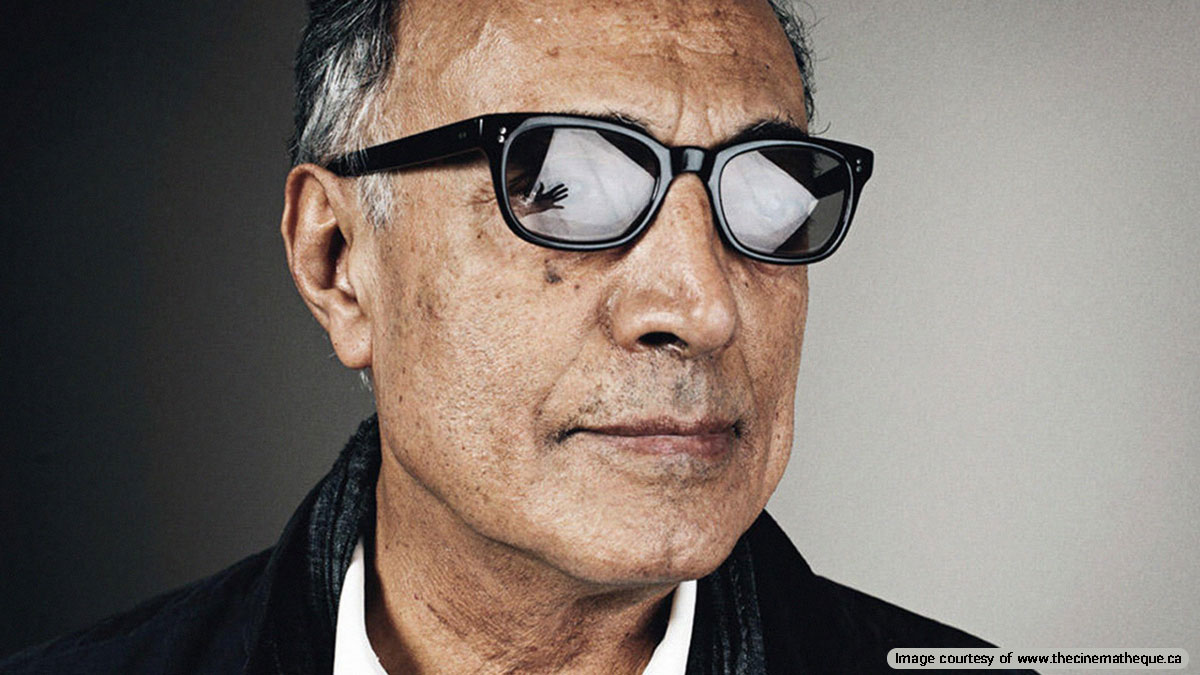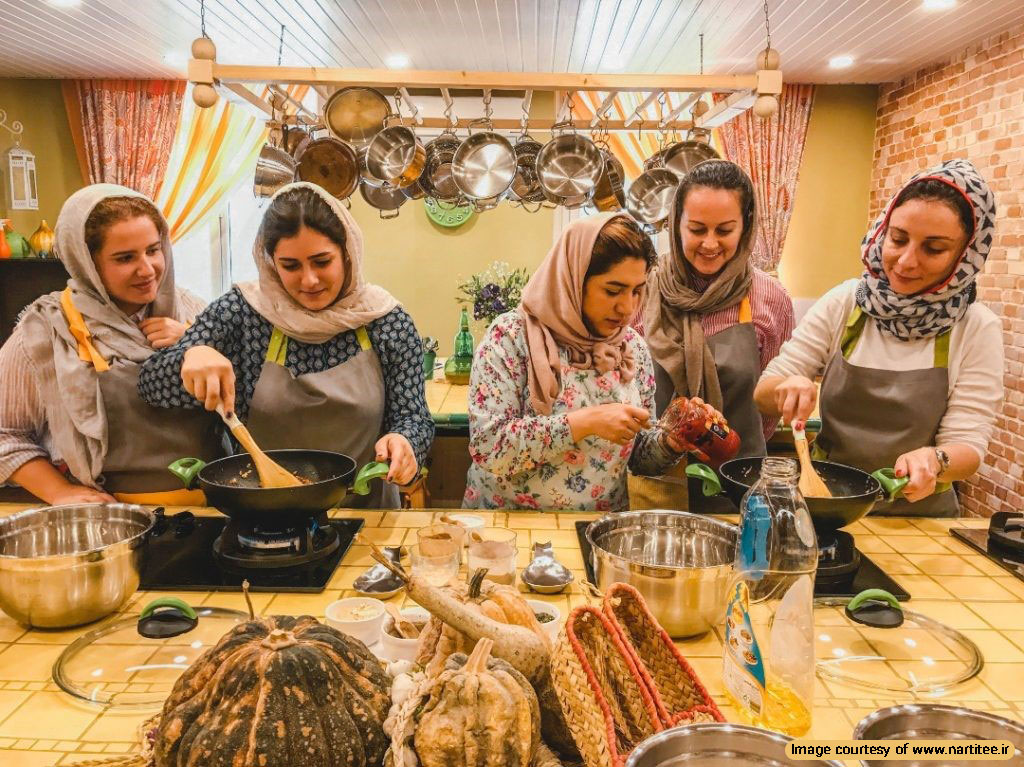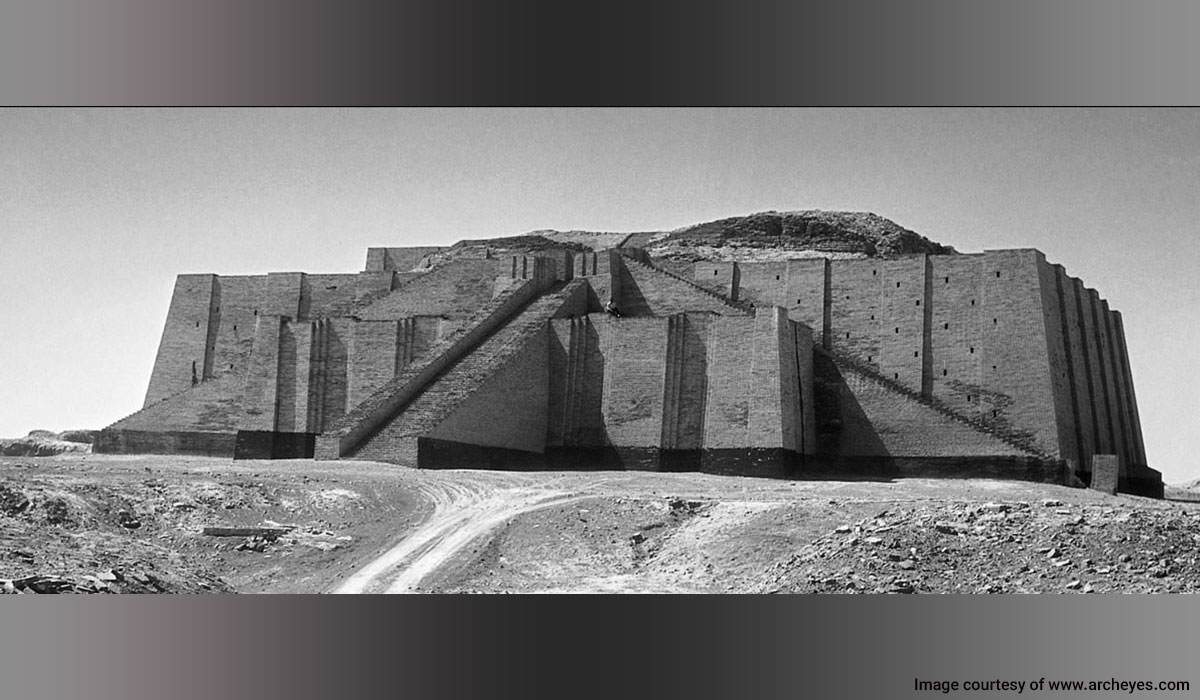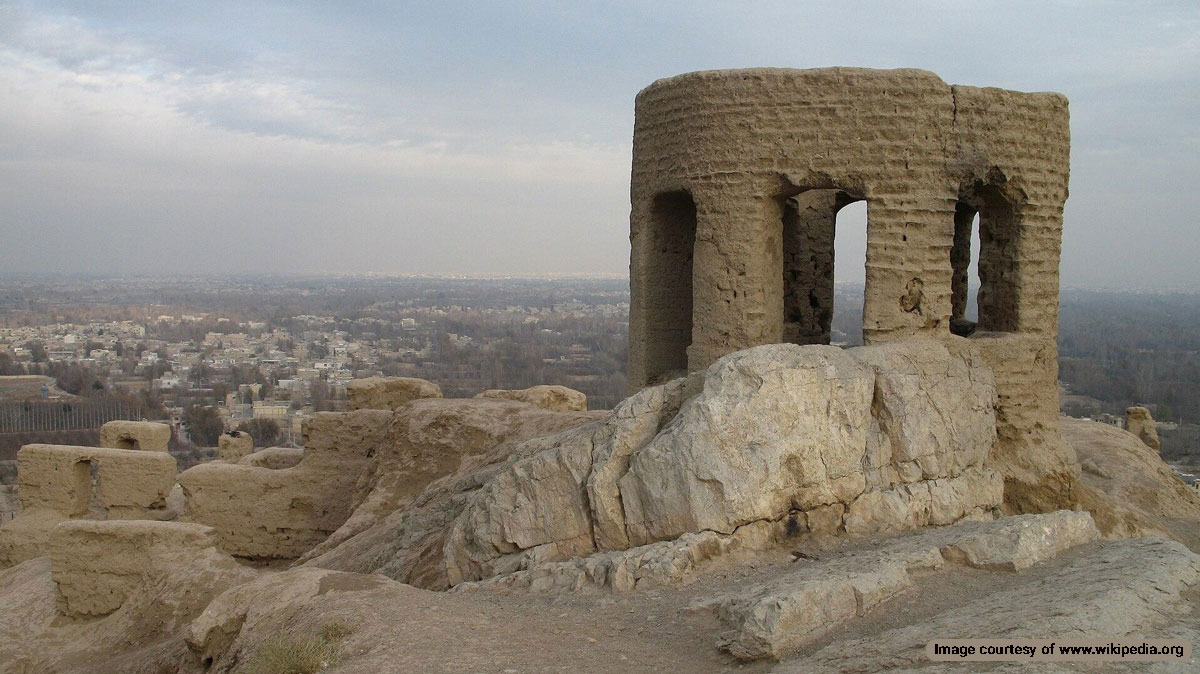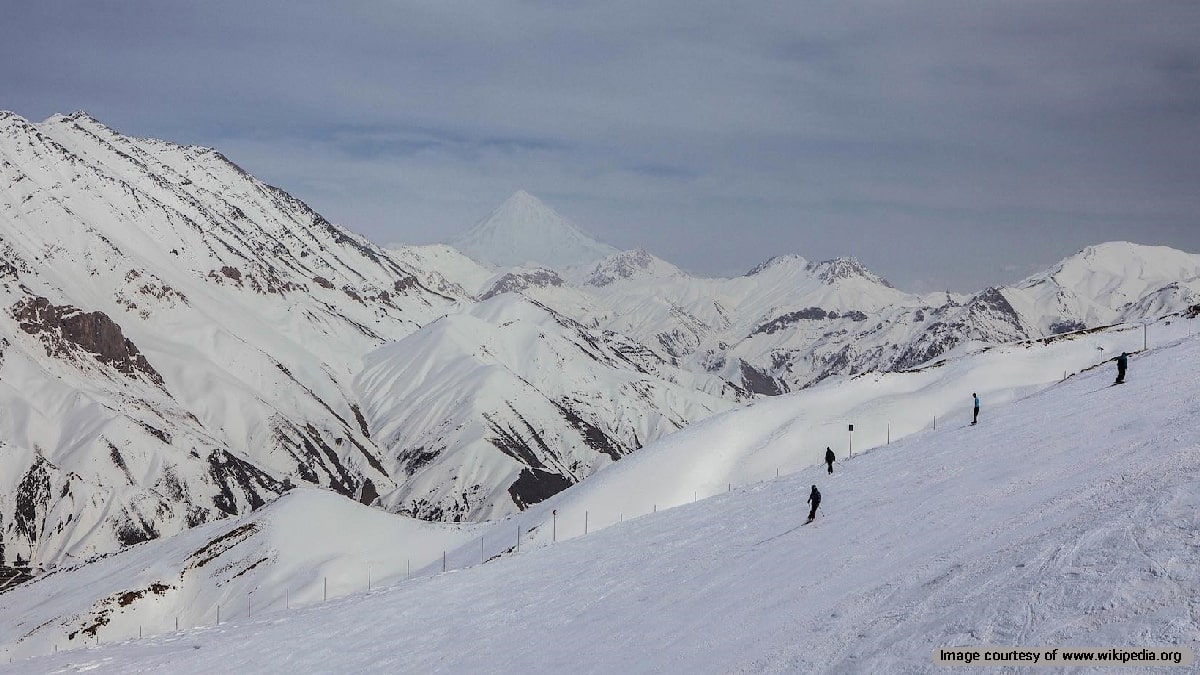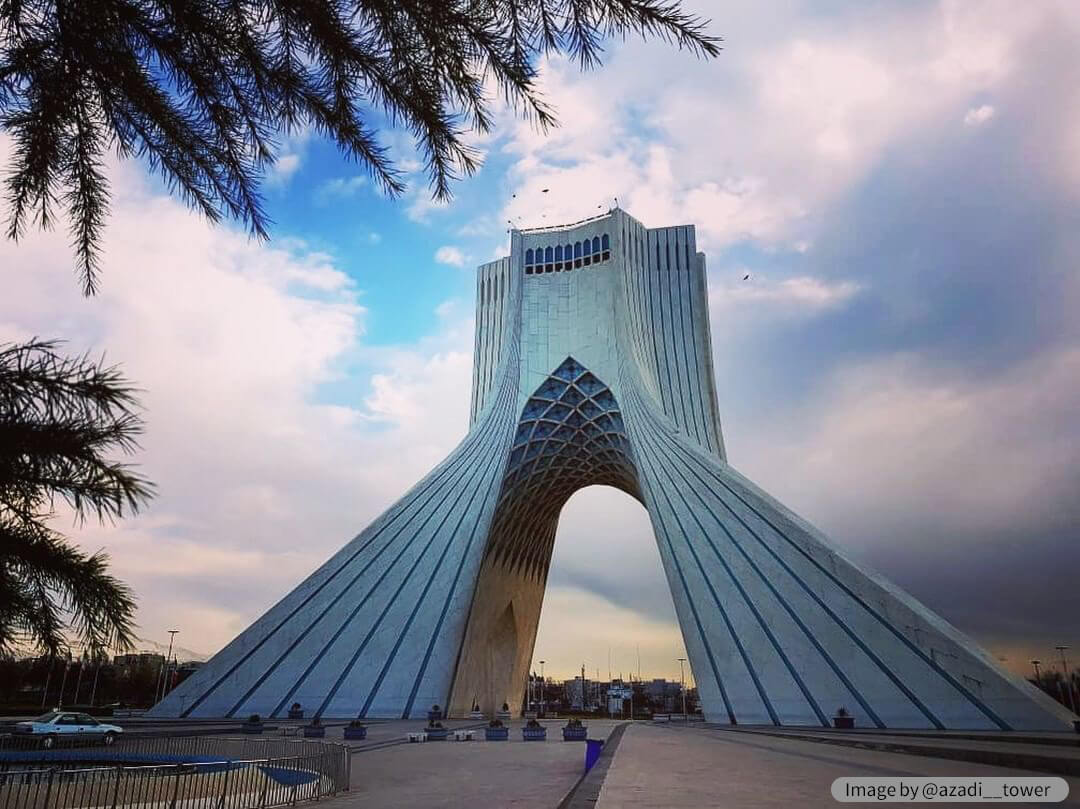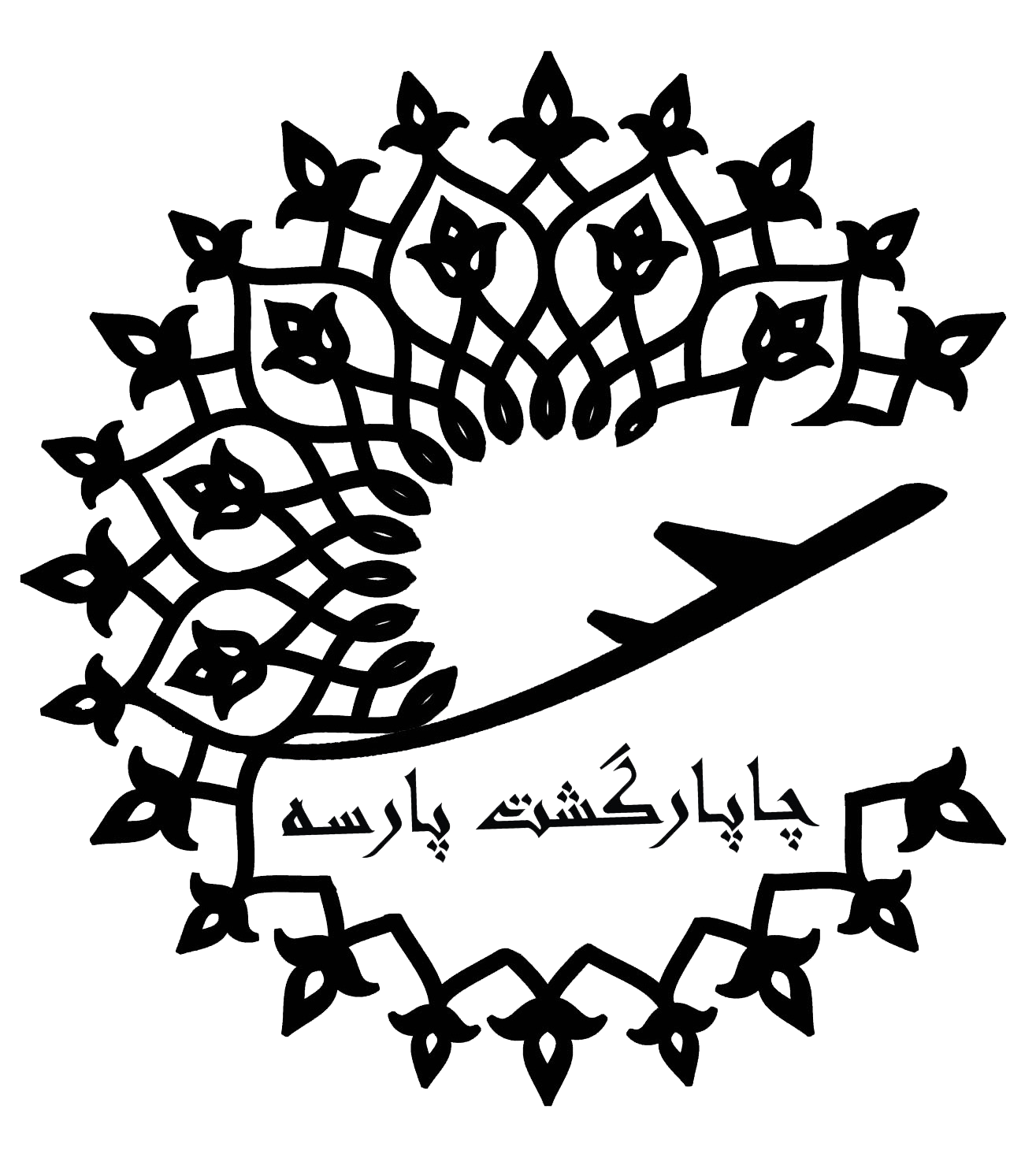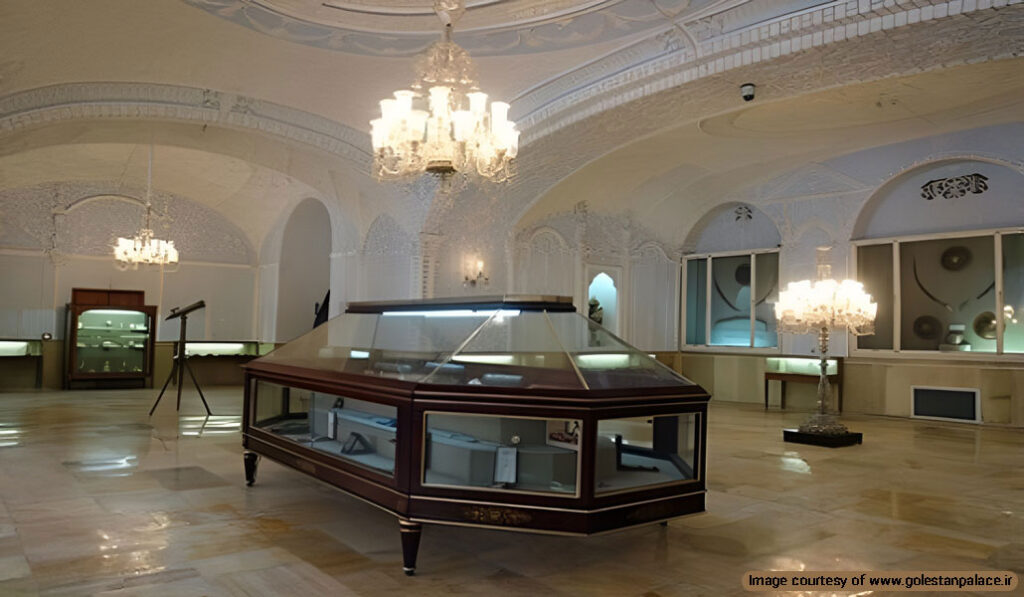
The Golestan Palace Museum collection is part of the Golestan Palace Compound, a Qajar-era series of buildings in the heart of Tehran. Originally established in the 16th century, over the next two centuries, several palaces were added to the compound. Haji Abul Hasan Mimar Navai rebuilt it in 1865.
12 museum sections in the compound display various historical artifacts, which we will introduce below:
1.Makhsoos Museum (Exclusive Museum)
The Exclusive Golestan Palace Museum is part of the Salam Hall (Coronation Hall) and was constructed in 1874 during extensive renovations of the northwest wing of the Golestan Palace. This initiative was started by Naser al-Din Shah Qajar, who aimed to modernize the royal palace following his first European tour.
The architect of the building was Haj Abolhassan Memar Navai. Initially working under Mohammad Hasan Khan Sani al-Dowleh in the royal gardens and palaces, Navai’s talent and dedication earned him recognition. His notable projects included the design and execution of the Hall of Salām and the Hall of Mirrors in 1882.
The building was modified extensively during the second Pahlavi period. The walls and ceilings were adorned with exquisite plasterwork, transforming it into what is now known as the Exclusive Museum.
Displays
- Qajar Artifacts: Jewelry, ceremonial items, and personal belongings of Qajar kings.
- Royal Gifts: Gifts from contemporary monarchs and artists to the Qajar rulers.
- Historical Documents: Official decrees, letters, and documents from the Qajar era.
2.Brilliant Hall, Commemorating the Iranian Constitutional Movement
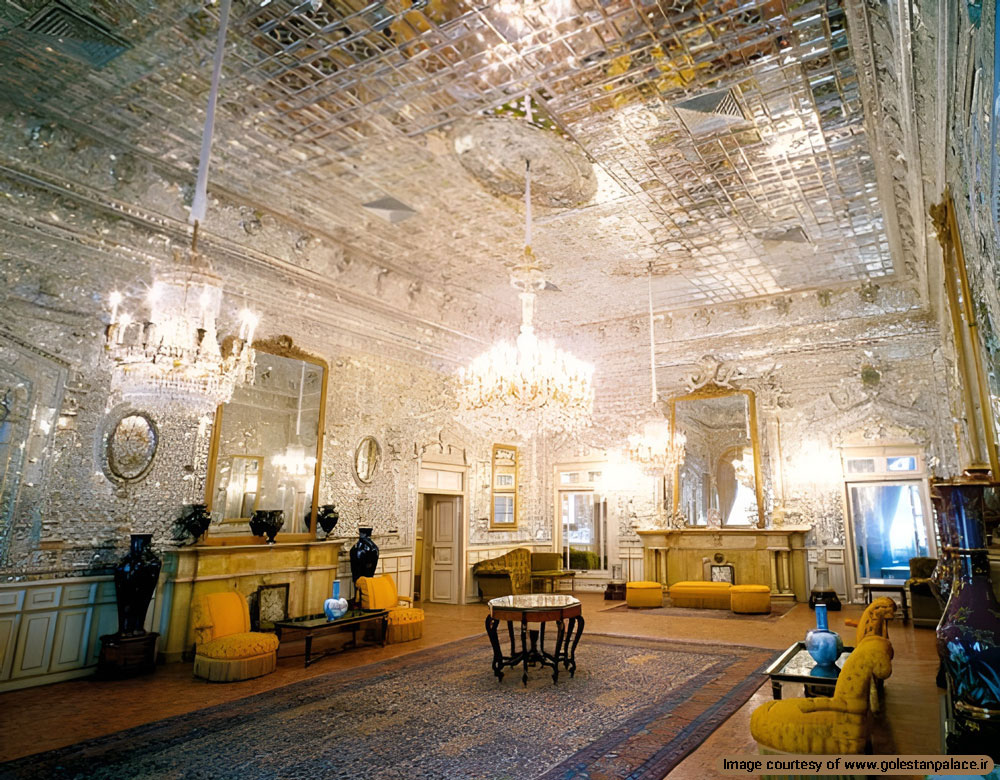
There are several beautiful halls and rooms adorned with extensive mirror work, chandeliers, fireplaces, staircases, and numerous hallways to the east of the Ivory Hall. One of these is the Brilliance Hall. Before its construction, the Crystal Palace (Hall) stood in its place, dating back to the era of Fath-Ali Shah. Few details remain about the Crystal Hall, and no images remain to reveal its design.
Some believed the hall was named Crystal due to its extensive mirror work or the installation of an octagonal crystal fountain and chandeliers gifted by Emperor Alexander I of Russia to Fath-Ali Shah. Historical records confirm that the hall stood until at least 1882 CE, as mentioned multiple times by Etemad al-Saltaneh.
Displays
- Mirror Work: Exquisite mirror work adorning the walls and ceilings.
- Chandeliers: Grand chandeliers, including those gifted by European courts.
- Oil Paintings: Detailed paintings depicting the hall’s interior before and after renovations.
3.Golestan Palace Art Gallery Museum
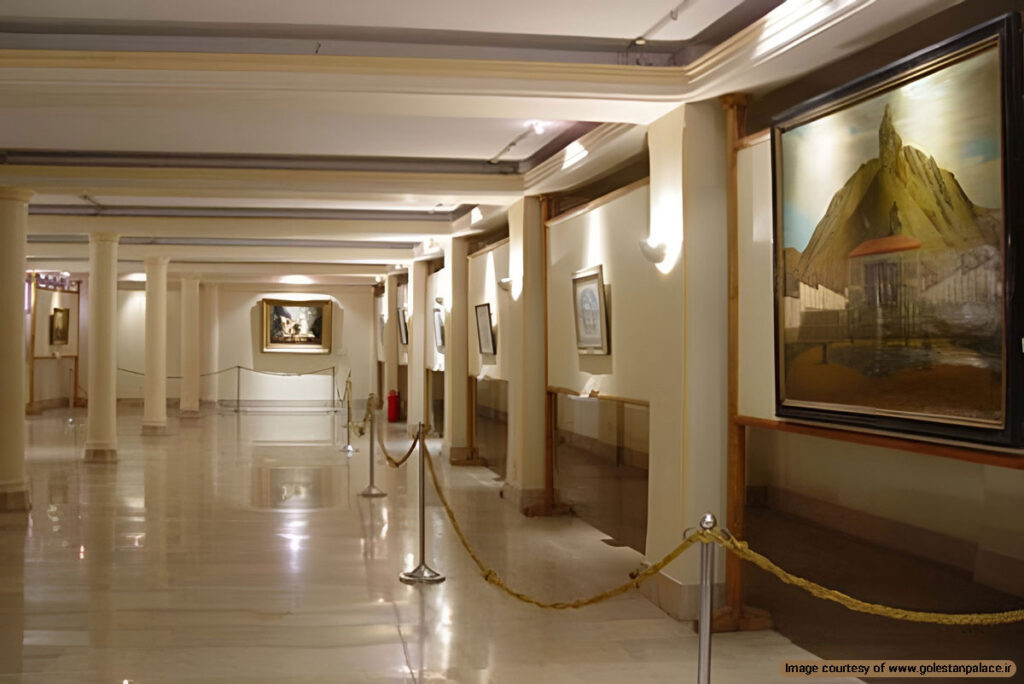
The Persian Painting Museum is located in the northwest wing of Golestan Palace and serves as an Art Gallery. This building is a product of Naser al-Din Shah Qajar’s first trip to Europe in 1873, inspired by his visits to European museums.
In 1967, the Gallery ceiling was repaired and reinforced in preparation for Mohammad Reza Shah’s coronation and the formal ceremonies at Golestan Palace. Later, in 1995, the architectural project began to connect the southern and northern parts of this building. After two years of extensive restoration and reconstruction, it was opened to the public as the “Golestan Palace Gallery.”
Displays
- Southern Section: This area, once part of the Hall of Salām fountain house, had previous uses such as a storage room for the Museum Room, an office for the Chief Custodian, and a telephone office. It now displays paintings mainly from the Qajar era and the early decades of this period. Notable works include pieces by Master Mirza Baba, Ahmad, Afshar, Ali Akbar Khan Mozayyen al-Dowleh, Abolhassan Khan Ghafari (Sani al-Molk), the uncle of the renowned artist Kamal-ol-Molk, and others.
- Northern Section: Constructed during the reign of the second Pahlavi monarch, this section was initially used by the Royal Guard. It now houses significant works by later Qajar period painters, including masterpieces by prominent artists such as Master Mahmoud Khan Saba (Malek al-Shoara), Master Mohammad Ghaffari Kashani (Kamal-ol-Molk), and Master Mehdi (Mosavvar al-Molk).
4.Khalvat-e Karim Khani (Karim Khan Nook)
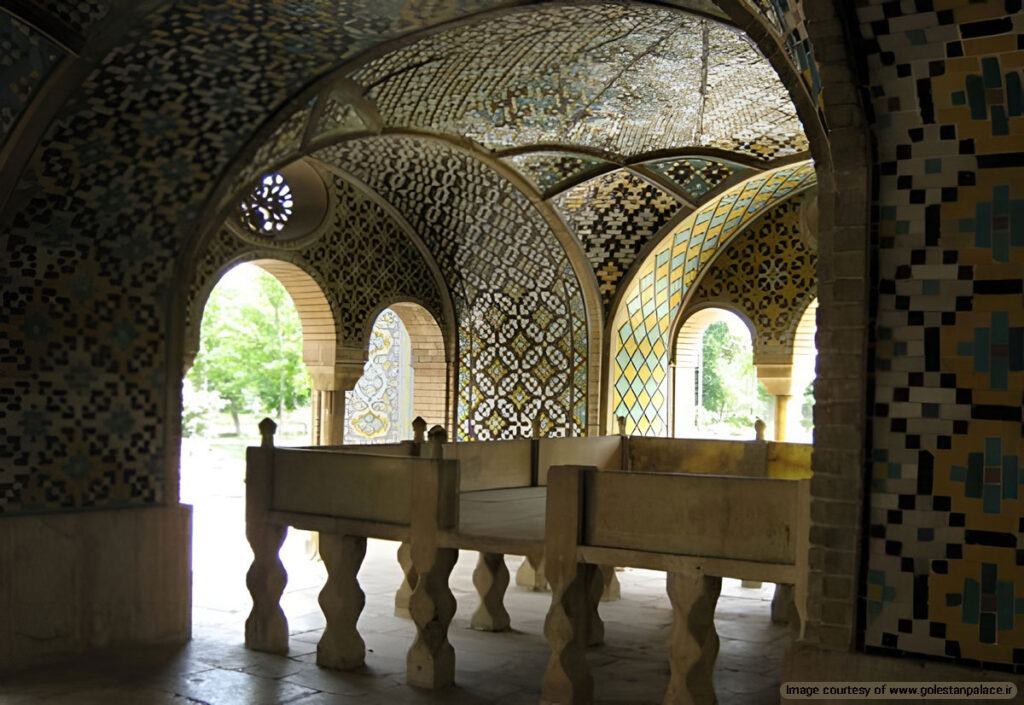
Located in the northwest corner of the Golestan Palace complex, adjacent to the Hall of Salām, is a covered structure known as the Khalvat-e Karim Khani (Karim Khan Nook). This pavilion, designed as a three-arched veranda, features a central bubbling fountain fed by a royal qanat, with water flowing through the royal gardens.
Named after its original builder, Karim Khan Zand, Khalvat-e Karim Khani holds historical significance not only due to its architectural origins but also because of the events that transpired here. In 1791, Agha Mohammad Khan Qajar ordered the remains of Karim Khan Zand to be exhumed from the Kolah Farangi building (now the Pars Museum in Shiraz) and reburied under the steps of this pavilion.
Displays
- The Tombstone of Naser al-Din Shah: Originally placed over his grave at Shah Abdol-Azim, it was moved to Golestan Palace at the beginning of the revolution and installed in Khalvat-e Karim Khani after 17 years. The tombstone measures 249 by 131 centimeters and features a life-size image of Naser al-Din Shah holding a sword.
- The Throne of Fath Ali Shah: Made of white marble, this throne once stood in front of the Windcatcher Building during the Qajar era. It was relocated to Khalvat-e Karim Khani during the reign of Mohammad Reza Shah Pahlavi. Inscriptions around the throne attribute its creation to the time of Fath Ali Shah.
- Fountain and Qanat System: Central bubbling fountain fed by a qanat.
- Historical Artifacts: Original columns, mirror work, and tilework from the era of Karim Khan Zand.
5.Marble Throne Mansion
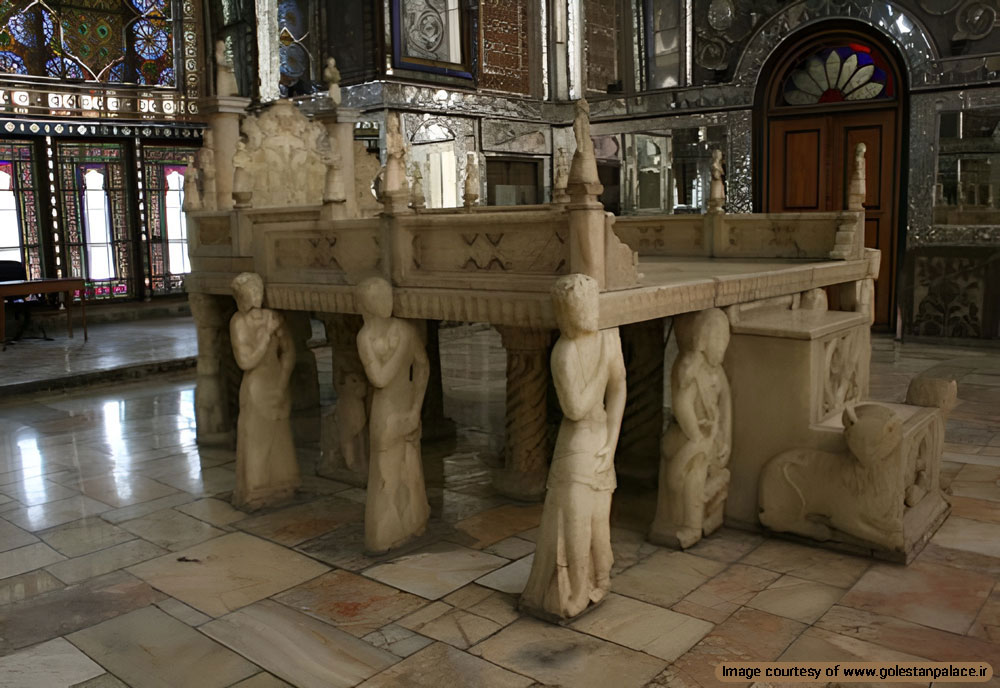
Located in the northwest corner of the Golestan Palace complex and adjacent to the Salam Hall, stands the historic Marble Throne Mansion (Iwan-e Takht-e Marmar). This roofed structure features a three-arched Iwan and is adorned with a central bubbling fountain fed by the royal qanat, which once channeled water through the royal gardens.
It served as a ceremonial setting for Qajar kings, hosting court sessions and public audiences. The building underwent significant changes during the Qajar era, including the transfer of marble columns and inlaid doors from Shiraz ordered by Agha Mohammad Khan Qajar.
Displays
- The Marble Throne: A magnificent marble throne inspired by Solomon’s throne, with intricate carvings.
- Portrait of Naser al-Din Shah: A life-size image of the Shah holding a sword, adorned with detailed inscriptions.
- Historical Artifacts: Columns, inlaid doors, and marble decorations transferred from Shiraz during the Qajar period.
6.Shams-ol-Emareh (Sun Building)
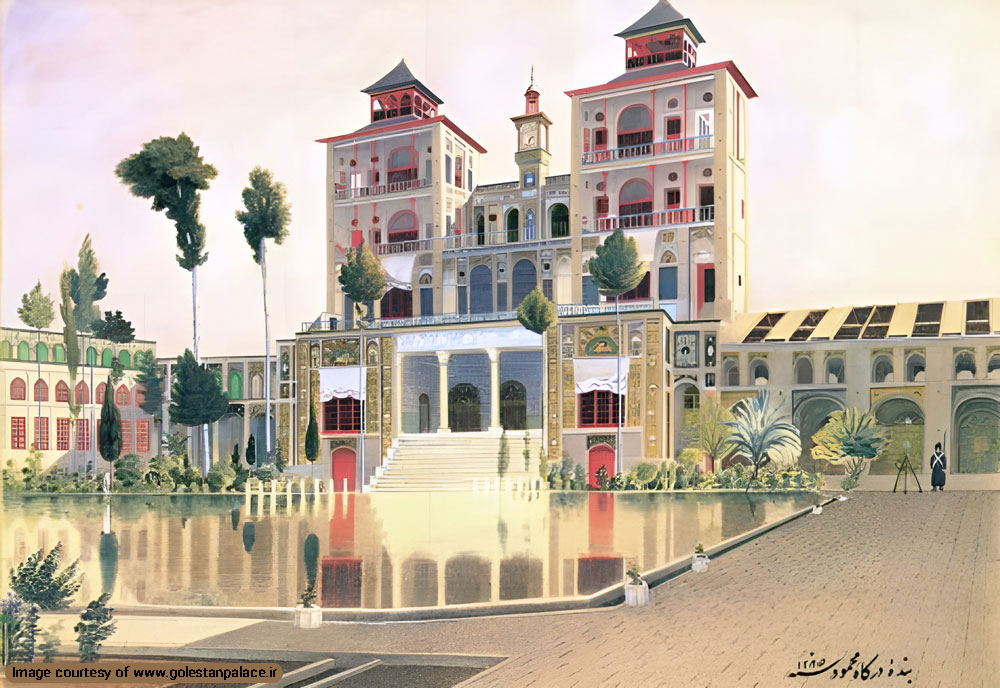
Shams-ol-Emareh, or the Sun Building, stands out as one of the most iconic and beautiful structures in the Golestan Palace complex. This five-story building was constructed by the order of Naser al-Din Shah and was funded and supervised by Dustali Khan Moayyer al-Mamalek (Nizam al-Dowleh) with architecture by Jafar Kashani.
Inspired by European skyscrapers and buildings, Naser al-Din Shah envisioned a towering structure in his capital from which he could view the city of Tehran and its surroundings. Simultaneously, its construction served as an important urban landmark alongside the development of Naserieh Street (now Naser Khosrow Street).
Displays
- Royal Portraits: The museum features numerous portraits of Qajar monarchs, including Naser al-Din Shah, who commissioned the construction of Shams-ol-Emareh. These paintings provide insights into the royal aesthetics and fashion of the era.
- Court Life Artifacts: Items used in the daily lives of the Qajar court, such as ornate furniture, royal attire, and personal items of the monarchs, are on display.
- Scale Models: Detailed scale models of Shams-ol-Emareh and other notable structures within Golestan Palace are exhibited. These models offer a comprehensive view of the architectural style and intricate design elements.
- Mirror Work and Stucco: Original pieces of mirror work and stucco decorations from Shams-ol-Emareh’s construction are displayed. These items highlight the exquisite craftsmanship and artistic skills of Persian artisans.
- Tile Work: Samples of the vibrant tile work that adorns the building’s exterior and interior are showcased, illustrating the rich tradition of Persian tile art.
- Historical Photographs: The museum features a collection of historical photographs that document the construction of Shams-ol-Emareh, royal events, and daily life in the Qajar court. These images provide a visual narrative of the period.
- Restoration Documentation: Exhibits detailing the various restoration efforts undertaken to preserve Shams-ol-Emareh are displayed. Visitors can learn about the techniques and challenges involved in maintaining this architectural gem.
7.Fountain House Museum (Howz Khaneh)
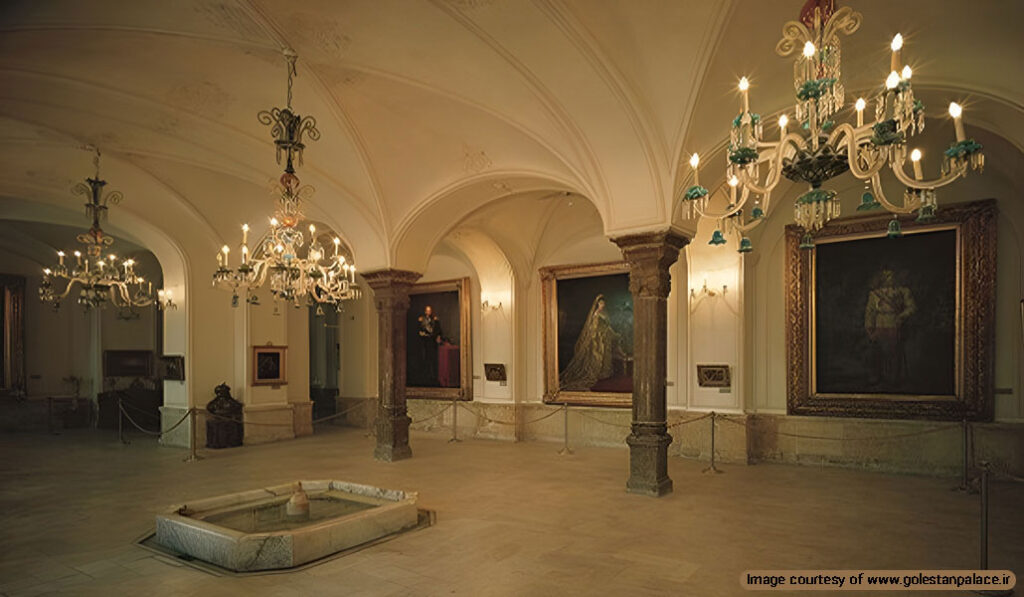
Located in the northwest corner of the Golestan Palace complex and adjacent to the Hall of Salām, stands the historic Fountain House (Howz Khaneh). This roofed structure features a central bubbling fountain fed by the royal qanat, which once channeled water through the royal gardens. Originally designed in a traditional Persian style, the Fountain House underwent significant European-inspired renovations following Naser al-Din Shah Qajar’s first European tour in 1873. These changes reflected the monarch’s fascination with European architecture and aesthetics.
Displays
- Paintings: A collection of Qajar-era paintings showcasing European influences on Persian art.
- European Gifts: Artifacts and gifts from European monarchs and dignitaries to the Qajar court.
- Architectural Elements: Original columns and structural elements reflecting European design.
- Photographic Records: Visual documents and photographs from the Golestan Palace albums, highlighting the European influence on Qajar architecture and culture.
- Decorative Items: Intricate tile work, stucco decorations, and mirror work displaying the fusion of Persian and European styles.
8.Salam Hall Museum Room
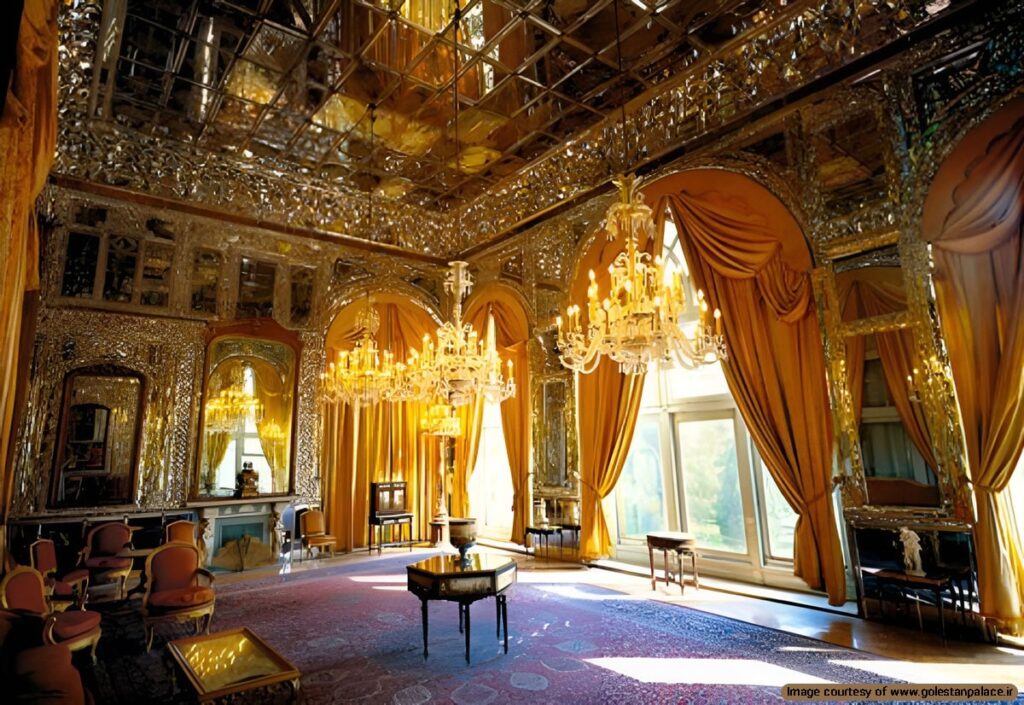
The Museum Room, also known as the Salam Hall or Coronation Hall, was initially intended to be a museum. Over time, however, it gained its current name due to the relocation of the royal throne from the old museum and the Hall of Mirrors, and the special ceremonies held there. Before the construction of this hall and the adjacent Hall of Mirrors, the site housed the Talār-e Almasih (Diamond Hall), which separated the Golestan Garden from the buildings of Asaf al-Dowleh and Salar.
The first royal Golestan Palace museum was established by Naser al-Din Shah and was located within the Golestan Palace complex. After visiting Europe in 1873, Naser al-Din Shah decided to build a museum similar to those he had seen in Western countries. Consequently, the old buildings in the northern part of the Golestan Garden were demolished, and the Museum Room, corridors, fountain house, and other additions were constructed, mostly completed by 1876.
Displays
- Royal Throne: Initially housed the royal throne, symbolizing the authority and grandeur of the Qajar kings.
- Decorative Arts: Exquisite stucco decorations and mirror work, comparable to the Alhambra Palace.
- Art Collections: Paintings, vases, chandeliers, clocks, and statues from both Iranian and European origins.
- Historical Artifacts: Weapons and armors of former kings, historical documents, and valuable artworks.
- Royal Jewels: Initially, royal jewels and gem-studded items were displayed in glass cases.
Hall of Mirrors (Talar-e Ayeneh)
The Hall of Mirrors is one of the most famous halls in the Golestan Palace, located to the west of the Hall of Salām. It was constructed around the same time as the Hall of Salām and was part of the new museum buildings. Known for its elaborate mirror work, the hall gained fame through the renowned oil painting by Mirza Mohammad Khan Kermani (Kamal-ol-Molk) created in 1892.
Displays
- Mirror Work: Extensive mirror work decorating the walls and ceilings.
- Oil Painting: The famous painting of the Hall of Mirrors by Kamal-ol-Molk, depicts its grandeur.
- Qajar Artifacts: Items related to the Qajar dynasty, including royal regalia.
Ivory Hall
The Hall of Ivory predates the Hall of Salam and the Hall of Mirrors. It features three large sash windows and a veranda with six delicate columns. Initially adorned with European gifts and artifacts, the hall underwent renovations during the reign of Naser al-Din Shah, modifying its exterior to match the Hall of Salām.
Displays
- Ivory Artifacts: Exquisite ivory carvings and decorative items.
- European Gifts: Presents from European courts to the Qajar rulers.
- Historical Watercolor: A beautiful watercolor by Mahmoud Khan Malek al-Shoara showing the hall’s exterior in 1869.
Hall of Porcelain Ware (Talar-e Zoruf)
Constructed over the remnants of Qajar-era buildings, this Golestan Palace museum was completed in 1965. It houses various gifts from European monarchs to the Qajar kings, displayed in specially designed vitrines.
Displays
- Napoleon’s China Set: Porcelain related to the Napoleonic Wars.
- Nikolai I’s Gift: A set from Emperor Nicholas I of Russia.
- Queen Victoria’s Jeweled Service: A precious jeweled service from Queen Victoria.
- Malachite Service: A service made from malachite, gifted by Alexander III.
- Wilhelm’s Porcelain: A porcelain set gifted by Kaiser Wilhelm to the Crown Prince of Iran.
9.Golestan Palace Museum of Anthropology, White Palace (Kakh-e Abyaz)
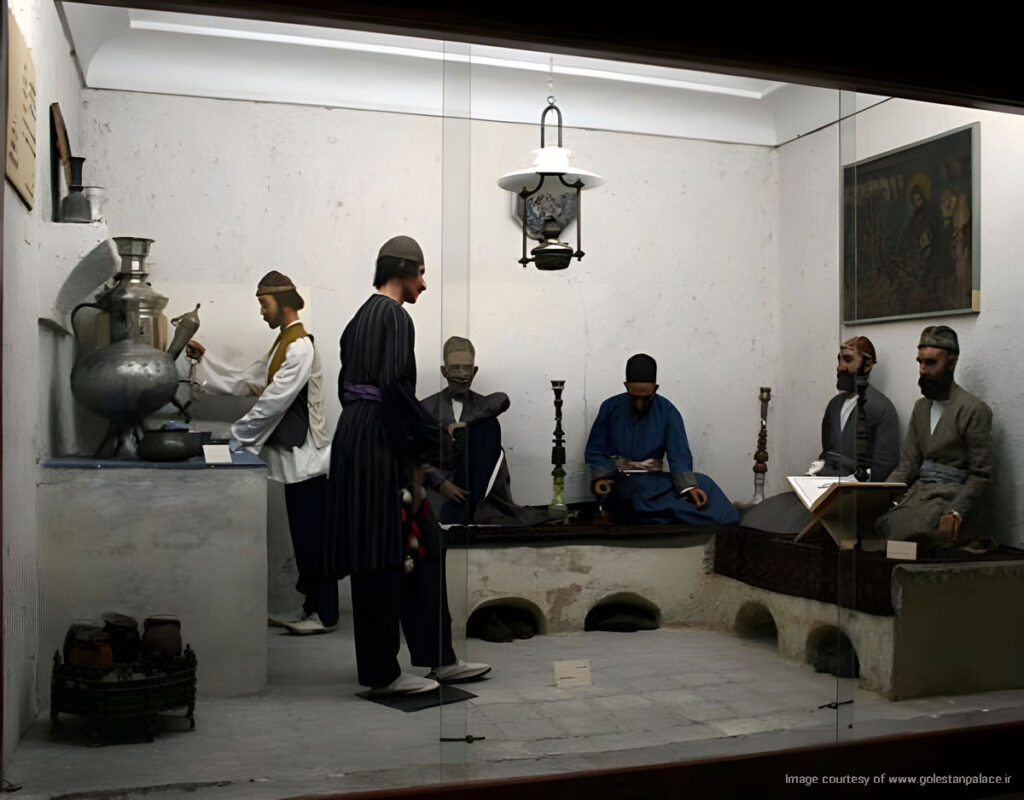
In the late reign of Naser al-Din Shah, Sultan Abdul Hamid of the Ottoman Empire gifted the Shah of Iran luxurious furnishings, including Louis XVI-style steel furniture, velvet curtains, bronze-gilt mirrors and statues, and Turkish woven carpets. Since most royal palaces and halls were already filled with art and furnishings, Naser al-Din Shah decided to construct a new palace in the southwestern corner of the Golestan Palace complex, where the Kolah Farangi or Agha Mohammad Khan Tower once stood, to house these gifts.
Displays
- Louis XVI Furniture: High-quality steel furniture, velvet curtains, and other luxurious furnishings from the Ottoman Sultan.
- European Paintings: Large oil paintings of European monarchs and queens, gifts from Naser al-Din Shah’s travels to Europe.
- Bronze-Gilt Artifacts: Beautiful bronze and gilt mirrors and statues.
- Turkish Carpets: Exquisite Turkish woven carpets, including the large carpet in the main hall.
- Historical Exhibits: Documents and artifacts from the Council of Ministers’ meetings and the Prime Ministers’ offices.
- Cultural Exhibits: After 1965, the palace became the Museum of Anthropology, showcasing traditional Iranian clothing and cultural items.
10.Diamond Hall (Amir Kabir Museum)
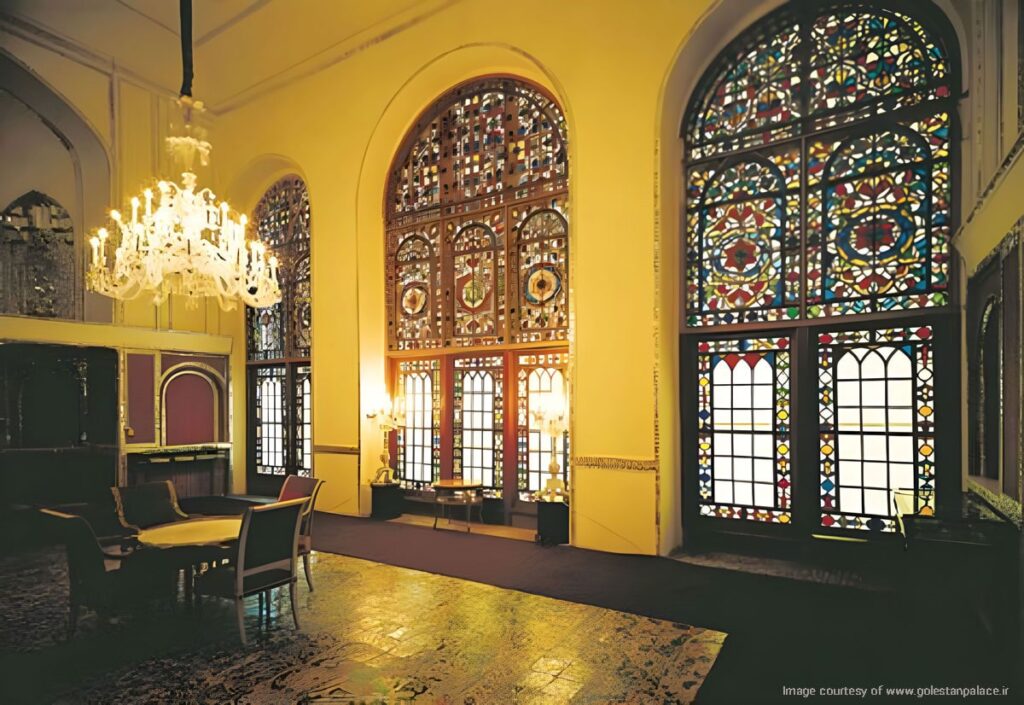
Established during the reign of Fath Ali Shah, the Diamond Hall (Talar-e Almas) is distinguished by its intricate mirror work and Qajar-era architectural elements. Though it underwent several changes in decor and structure during Naser al-Din Shah’s reign, the hall retains its original charm. The hall features a large central room, side chambers, numerous passageways, and an extensive basement or fountain house. Notably, it is adorned with three mirror-inlaid niches on three sides and large sash windows with beautiful stained glass.
Displays
- Mirror Work Niches: Stunning mirror-inlaid niches showcasing intricate muqarnas decorations.
- Stained Glass Windows: Large sash windows featuring vibrant stained glass.
- Historical Decorations: Original Qajar-era stucco and woodwork, with some Roman-style arches added during Naser al-Din Shah’s reign.
- Commemorative Artifacts: Exhibits and items celebrating “Atabak-e Azam Mirza Mohammad Taqi Khan Amir Kabir,” including conference memorabilia and academic session materials.
11.Golestan Palace Museum of Photography
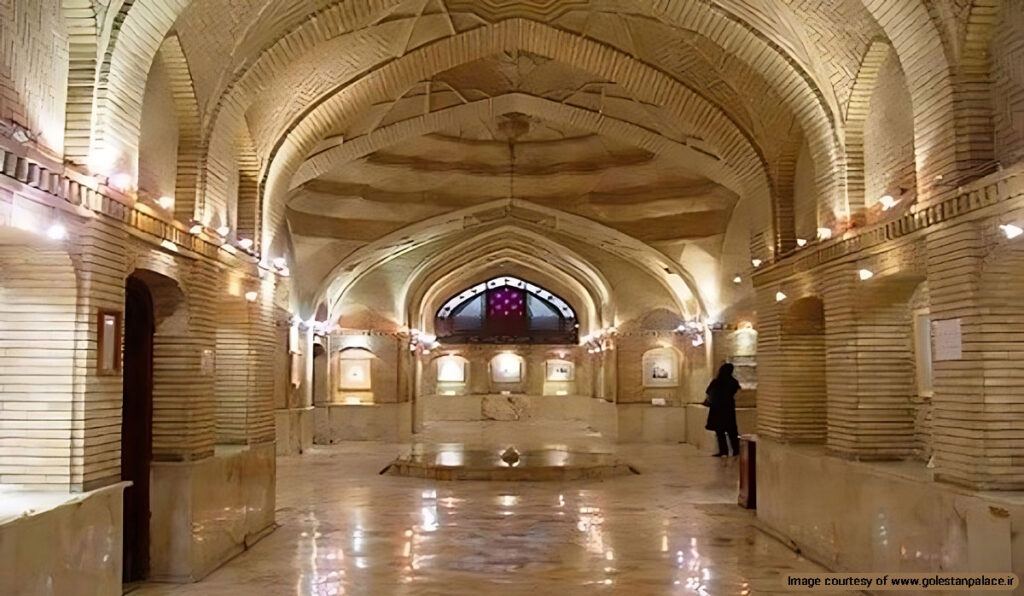
Located on the lower level of the Windcatcher Mansion (Emarat-e Badgir) at Golestan Palace, the Photography Museum occupies a space once known for its spacious fountain house. This area originally featured four tall windcatchers adorned with blue, yellow, and black mosaic tiles, topped with golden domes. These windcatchers effectively cooled the air in the fountain house, hall, and rooms. Historically, a marble fountain with flowing water was centrally placed, though it has since been altered to prevent moisture damage.
During the Qajar era, the fountain house was a summer retreat for the royalty when they stayed in Tehran. According to memoirs, Naser al-Din Shah would release various beautiful birds into the fountain house, adding to its charm.
Displays
- Qajar-Era Photographs: A vast collection of photographs from the Qajar period, showcasing historical moments and daily life.
- Photography Equipment: Cameras and photographic tools used during the Qajar era.
- Royal Photographs: Images taken by Naser al-Din Shah himself, some with his handwritten notes.
- Historical Albums: Selected photos from the Golestan Palace Album House, the second largest collection after the British Royal Collection.
12.Windcatcher Mansion (Emarat-e Badgir)
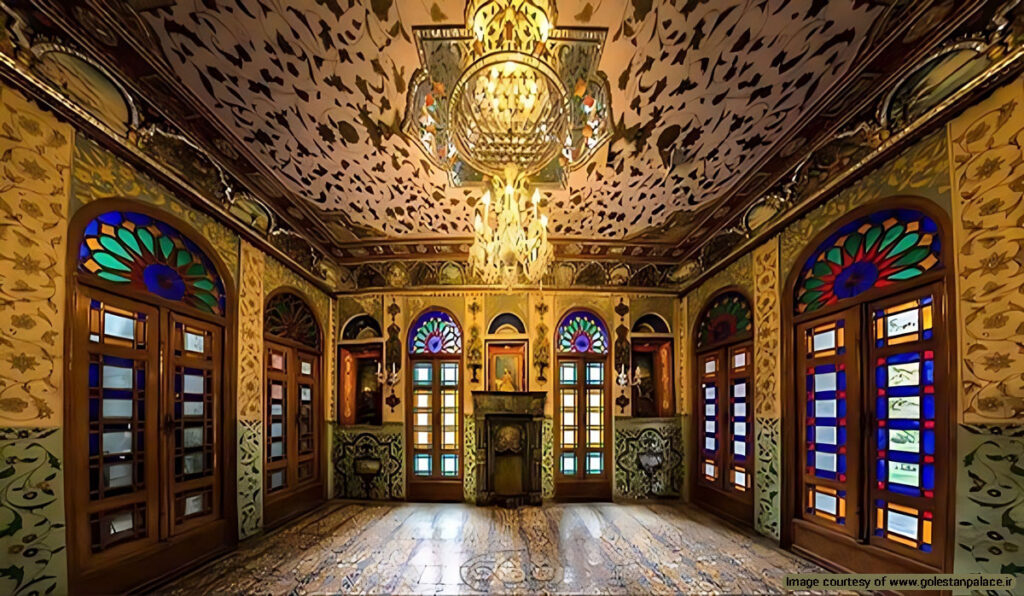
Constructed during the reign of Fath Ali Shah in the southern part of Golestan Garden, the Windcatcher Mansion (Emarat-e Badgir) underwent significant renovations by Naser al-Din Shah, supervised by Haj Ali Khan Hajib al-Dowleh. These changes brought the building to its current form. Beautiful watercolor paintings by Mahmoud Khan Malek al-Shoara from 1871 and 1874 and later photographs reveal these transformations.
The mansion boasts a grand hall with sash windows, columns, walls, and ceilings adorned with paintings, gilt work, mirror work, stucco, and marquetry. It is one of the most elaborately decorated halls in Golestan Palace. The main hall, known as the Shah Neshin, is decorated with nine beautiful sash windows. Other decorative features include two spiral-painted plaster columns in the Zand style, painted marble wainscoting, colorful inlaid floor tiles, and mirrored and painted walls and ceilings.
Displays
- Spiral Columns: Painted plaster columns in the Zand style.
- Sash Windows: Nine large sash windows with intricate designs.
- Mirror Work and Gilt Decorations: Extensive use of mirrors and gilt elements throughout the hall.
- Watercolor Paintings: Exquisite paintings by Mahmoud Khan Malek al-Shoara depicting the mansion’s transformation.
- Bird Enclosures: Historical exhibits from when beautiful birds were kept in the fountain house during the Qajar era.
Visit Golestan Palace Museum in Tehran
If you are keen on learning more about the history of Iran during the Qajar and Pahlavi eras, this complex is the first place you should visit in Iran. You can cover architecture, the history of photography, the Persian Constitution Movement, or any other historical aspect from the Qajar and Pahlavi periods.



